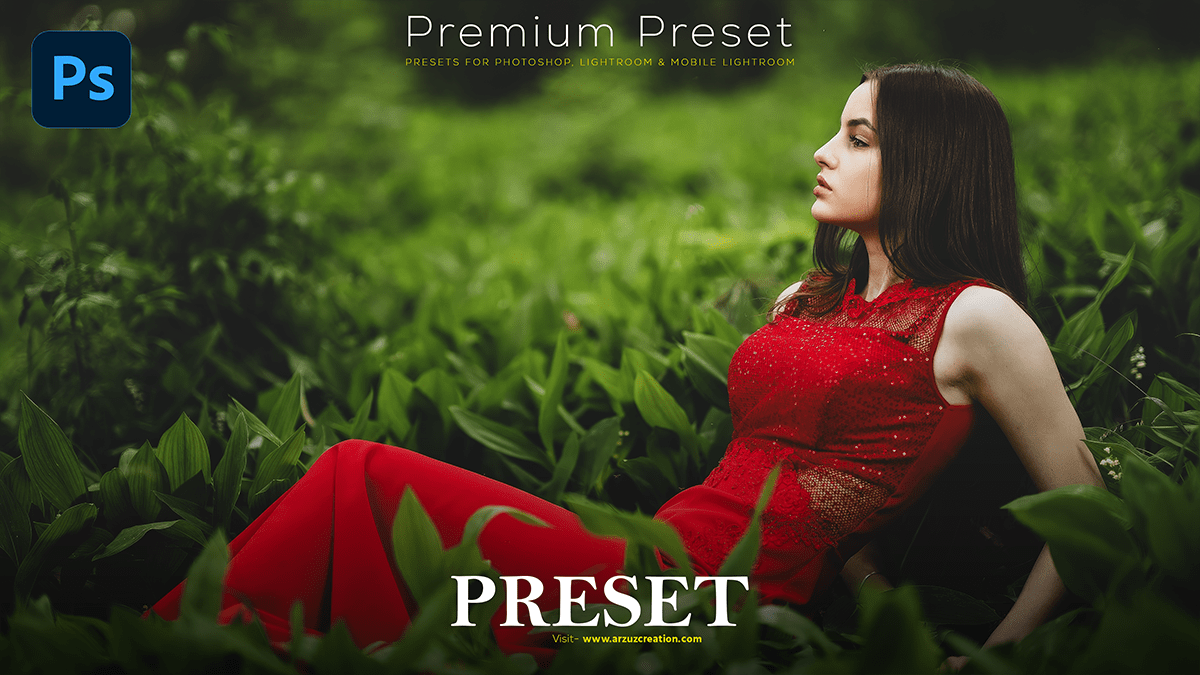Professional Outdoor Photography Preset. How to Outdoor Portrait Color Grading in Adobe Photoshop Camera Raw Filter. Photoshop Presets.

Therefore, In this Photoshop tutorial, you learn, How to Edit Outdoor Photos & Color Grading in Adobe Photoshop.
A professional outdoor photography preset is a set of pre-defined adjustments, filters, or editing settings designed to enhance the appearance of your outdoor photos. In other words, These presets can help you achieve a consistent look and feel across your images, saving you time and effort in post-processing.
Professional Outdoor Photography Preset,
However, You’ll need photo editing software like Adobe Lightroom or Photoshop to use a professional outdoor photography preset. Here’s a general guideline to follow:
For instance, Import your outdoor photos into your chosen editing software.
Above all, Install the preset you’ve chosen from a reputable source.
Click here to download this preset file,
In addition, Apply the preset to your photo by clicking on it within the software.
Fine-tune the settings as needed. Since every photo is unique, you may need to adjust the preset’s settings to achieve the desired results.
After that, Export your edited photo in the desired format and resolution.
Click here to watch this video tutorial,
While presets can be helpful, they should not replace your understanding of proper exposure, composition, and color grading. Always strive to improve your photography skills and learn how to edit photos effectively to create the best possible results.
The Camera Raw filter in Adobe Photoshop allows you to edit and enhance your images by adjusting various aspects of the photo, similar to how a professional photographer would work with a RAW image file.
Learn, Professional Photo Editing,
This filter provides access to advanced controls like white balance, exposure, contrast, highlights, shadows, clarity, vibrance, and saturation.
Photoshop color grading refers to adjusting and manipulating the colors in an image to achieve a desired look or mood. This technique is often used in photography and digital art to enhance the visual appeal of an image, correct color imbalances, or create a specific atmosphere.
